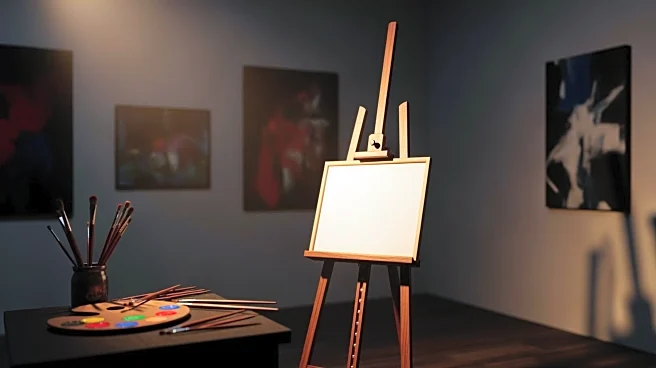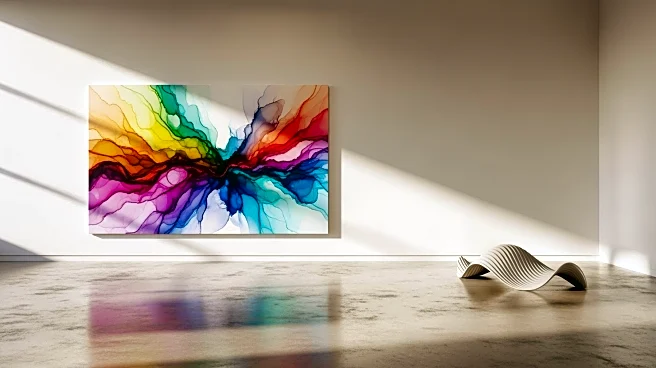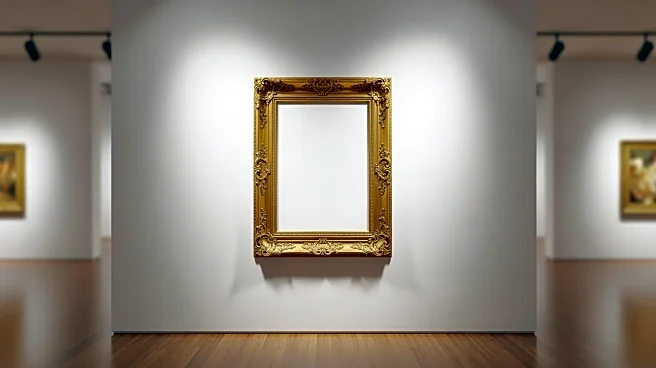What's Happening?
Sperone Westwater, a prominent gallery known for representing major artists like Bruce Nauman and David Lynch, is reportedly undergoing significant changes that may lead to its closure. The gallery, which
recently celebrated its 50th anniversary in its Norman Foster-designed Bowery space, has informed longtime contractors that their services are no longer required. This development suggests that the gallery will not continue in its current form, according to sources familiar with the situation. Despite ongoing exhibitions and fair appearances, rumors of closure have persisted for months, raising concerns about the future of this influential art institution.
Why It's Important?
The potential closure or transformation of Sperone Westwater could have significant implications for the art world, particularly in New York City. As a blue-chip gallery, it has played a crucial role in promoting contemporary art and supporting renowned artists. Its possible closure may affect the careers of artists it represents and alter the landscape of the art market. Additionally, the gallery's situation highlights broader challenges faced by art institutions, including financial pressures and evolving market dynamics. Stakeholders in the art industry, including collectors, artists, and other galleries, may need to adapt to these changes and consider their impact on the art ecosystem.
What's Next?
If Sperone Westwater does close or undergo a major transformation, it could lead to shifts in the representation of its artists and the distribution of their works. Other galleries may seek to fill the void left by Sperone Westwater, potentially reshaping the competitive landscape. Artists previously associated with the gallery might explore new partnerships or opportunities to showcase their work. The art community will likely monitor developments closely, as the gallery's future decisions could influence trends in art exhibitions and sales. Additionally, the gallery's situation may prompt discussions about sustainability and adaptation strategies for art institutions facing similar challenges.
Beyond the Headlines
The situation at Sperone Westwater may also reflect broader cultural and economic shifts affecting the art industry. As galleries navigate financial uncertainties and changing consumer preferences, they may need to innovate and explore new business models. The gallery's transformation could serve as a case study for other institutions seeking to balance tradition with modern demands. Furthermore, the potential closure raises questions about the preservation of artistic legacies and the role of galleries in maintaining cultural heritage. These considerations may influence future strategies for art institutions aiming to remain relevant and resilient in a dynamic environment.











